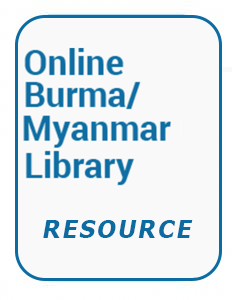Focal point
Location
The Food and Agriculture Organization of the United Nations leads international efforts to defeat hunger. Serving both developed and developing countries, FAO acts as a neutral forum where all nations meet as equals to negotiate agreements and debate policy. FAO is also a source of knowledge and information. We help developing countries and countries in transition modernize and improve agriculture, forestry and fisheries practices and ensure good nutrition for all. Since our founding in 1945, we have focused special attention on developing rural areas, home to 70 percent of the world's poor and hungry people.
Members:
Resources
Displaying 5071 - 5075 of 5083Design of land consolidation pilot projects in Central and Eastern Europe
In much of Central and Eastern Europe, the land tenure structure includes many small and fragmented farms. Land consolidation can be an effective instrument to make agriculture more competitive and to improve rural conditions. This guide provides advice on what countries can do to start a land consolidation pilot project. It shows why land consolidation is important; it describes briefly what land consolidation is; and it identifies key decisions that should be made and key actions that should be undertaken before a land consolidation project can begin.
Myanmar > Forestry sector
Thematic profiles and systems:
Forestry Country Profiles - The forestry country profiles provide detailed information on forests and the forest sector: forest cover (types, extent and change), forest management, policies, products and trade, and more - in all some 30 pages for each country in the world...
Reports and statistical data:
Forest area statistics - From Forestry Country Profiles
Forest health statistics - From Forestry Country Profiles;
Growing stock statistics - From Forestry Country Profiles...
Publications:
Web-page of the Representative of the Secretary-General on the human rights of internally displaced persons
UN Standards, mechanisms, mandate and report of the RSG, other documents.
After the tsunami disaster. Rehabilitating fisheries and coastal areas.
The devastating tsunami has shown in a tragic way the great vulnerability and exposed nature of coastal communities to natural calamities. It also has drawn global attention to the poor living conditions of fishing communities and the many threats to the sustainable use of fishery resources and coastal ecosystems. Post-tsunami rehabilitation offers the opportunity to build back better, improve and make more secure the lives of disadvantaged sections of the population and set fisheries and coastal resource use on a sustainable footing.









